很多刚开始或刚开始学习机器学习的同学希望通过指定自己的图像源来训练模型,然后对自己指定的图像进行识别和分类。但是,在官方的入门教程中,并没有明确给出如何将自定义数据输入到训练模型中。现在,我们将参考官方入门课程“Deep MNIST for”(传送门:)的内容来介绍如何将自定义图像输入到训练模型中。
在“Deep”部分的代码中,程序使用了内置的mnist图像数据集mnist.train。作为训练输入和mnist.test。作为验证输入。学完本节,我们会惊叹于卷积神经网络的高识别率,但是对于刚开始学习的同学来说,可能心里会冒出一个问号:如何将mnist数据集替换为指定的图像源你自己?比如我想把图片源改成我C盘里的图片,应该怎么调整代码?
我们先来看看本课程中mnist图片调用所涉及的代码:
from tensorflow.examples.tutorials.mnist import input_data mnist = input_data.read_data_sets('MNIST_data', one_hot=True) batch = mnist.train.next_batch(50) train_accuracy = accuracy.eval(feed_dict={x: batch[0], y_: batch[1], keep_prob: 1.0}) train_step.run(feed_dict={x: batch[0], y_: batch[1], keep_prob: 0.5}) print('test accuracy %g' % accuracy.eval(feed_dict={x: mnist.test.images, y_: mnist.test.labels, keep_prob: 1.0}))
要实现自定义图片的输入,需要自己准备一套图片。为了节省时间,我们将mnist的手写数字集一一解析出来,存入我们的本地硬盘,保存为bmp格式,然后将本地硬盘的手写图片一一读出,形成一套。 ,然后进入神经网络。 mnist手写数字集的提取方法请参考《如何从mnist数据集中导出手写数字图片》。
将mnist手写数字集导出到本地后,可以按照如下代码实现自定义图片的训练:
import os import numpy as np import tensorflow as tf from PIL import Image # 第一次遍历图片目录是为了获取图片总数 input_count = 0 for i in range(0, 10): dir = './mnist_digits_images/%s/' % i # 这里可以改成你自己的图片目录,i为分类标签 for rt, dirs, files in os.walk(dir):for filename in files: input_count += 1 # 定义对应维数和各维长度的数组 input_images = np.array([[0] * 784 for i in range(input_count)]) input_labels = np.array([[0] * 10 for i in range(input_count)]) # 第二次遍历图片目录是为了生成图片数据和标签 index = 0 for i in range(0, 10): dir = './mnist_digits_images/%s/' % i # 这里可以改成你自己的图片目录,i为分类标签 for rt, dirs, files in os.walk(dir): for filename in files: filename = dir + filename img = Image.open(filename) width = img.size[0] height = img.size[1] for h in range(0, height): for w in range(0, width): # 通过这样的处理,使数字的线条变细,有利于提高识别准确率 if img.getpixel((w, h)) > 230: input_images[index][w + h * width] = 0 # 之前已经将图片转换成了一维 else: input_images[index][w + h * width] = 1 input_labels[index][i] = 1 index += 1 # 定义输入节点,对应于图片像素值矩阵集合和图片标签(即所代表的数字) x = tf.placeholder(tf.float32, shape=[None, 784]) y_ = tf.placeholder(tf.float32, shape=[None, 10]) x_image = tf.reshape(x, [-1, 28, 28, 1]) # 定义第一个卷积层的variables和ops W_conv1 = tf.Variable(tf.truncated_normal([7, 7, 1, 32], stddev=0.1)) b_conv1 = tf.Variable(tf.constant(0.1, shape=[32])) L1_conv = tf.nn.conv2d(x_image, W_conv1, strides=[1, 1, 1, 1], padding='SAME') L1_relu = tf.nn.relu(L1_conv + b_conv1) L1_pool = tf.nn.max_pool(L1_relu, ksize=[1, 2, 2, 1], strides=[1, 2, 2, 1], padding='SAME') # 定义第二个卷积层的variables和ops W_conv2 = tf.Variable(tf.truncated_normal([3, 3, 32, 64], stddev=0.1)) b_conv2 = tf.Variable(tf.constant(0.1, shape=[64])) L2_conv = tf.nn.conv2d(L1_pool, W_conv2, strides=[1, 1, 1, 1], padding='SAME')
L2_relu = tf.nn.relu(L2_conv + b_conv2) L2_pool = tf.nn.max_pool(L2_relu, ksize=[1, 2, 2, 1], strides=[1, 2, 2, 1], padding='SAME') # 全连接层 W_fc1 = tf.Variable(tf.truncated_normal([7 * 7 * 64, 1024], stddev=0.1)) b_fc1 = tf.Variable(tf.constant(0.1, shape=[1024])) h_pool2_flat = tf.reshape(L2_pool, [-1, 7 * 7 * 64]) h_fc1 = tf.nn.relu(tf.matmul(h_pool2_flat, W_fc1) + b_fc1) # dropout keep_prob = tf.placeholder(tf.float32) h_fc1_drop = tf.nn.dropout(h_fc1, keep_prob) # readout层 W_fc2 = tf.Variable(tf.truncated_normal([1024, 10], stddev=0.1)) b_fc2 = tf.Variable(tf.constant(0.1, shape=[10])) y_conv = tf.matmul(h_fc1_drop, W_fc2) + b_fc2 # 定义优化器和训练op cross_entropy = tf.reduce_mean(tf.nn.softmax_cross_entropy_with_logits(labels=y_, logits=y_conv)) train_step = tf.train.AdamOptimizer((1e-4)).minimize(cross_entropy)
correct_prediction = tf.equal(tf.argmax(y_conv, 1), tf.argmax(y_, 1)) accuracy = tf.reduce_mean(tf.cast(correct_prediction, tf.float32)) with tf.Session() as sess: sess.run(tf.global_variables_initializer()) print("一共读取了 %s 个输入图像, %s 个标签" % (input_count, input_count)) # 设置每次训练op的输入个数和迭代次数,这里为了支持任意图片总数,定义了一个余数remainder,譬如,如果每次训练op的输入个数为60,图片总数为150张,则前面两次各输入60张,最后一次输入30张(余数30) batch_size = 60 iterations = 100 batches_count = int(input_count / batch_size) remainder = input_count % batch_size print("数据集分成 %s 批, 前面每批 %s 个数据,最后一批 %s 个数据" % (batches_count + 1, batch_size, remainder)) # 执行训练迭代 for it in range(iterations): # 这里的关键是要把输入数组转为np.array for n in range(batches_count): train_step.run(feed_dict={x: input_images[n * batch_size:(n + 1) * batch_size], y_: input_labels[n * batch_size:(n + 1) * batch_size], keep_prob: 0.5}) if remainder > 0: start_index = batches_count * batch_size; train_step.run( feed_dict={x: input_images[start_index:input_count - 1], y_: input_labels[start_index:input_count - 1], keep_prob: 0.5}) # 每完成五次迭代,判断准确度是否已达到100%,达到则退出迭代循环 iterate_accuracy = 0 if it % 5 == 0: iterate_accuracy = accuracy.eval(feed_dict={x: input_images, y_: input_labels, keep_prob: 1.0}) print('iteration %d: accuracy %s' % (it, iterate_accuracy)) if iterate_accuracy >= 1: break; print('完成训练!')
以上代码执行结果截图如下:
以上代码中与模型构建相关的代码,请参考官方“Deep MNIST for”部分内容了解。在本文中,重点是如何将本地图像源集成到可接受的格式中。其中最关键的是这两行:
# 定义对应维数和各维长度的数组 input_images = np.array([[0]*784 for i in range(input_count)]) input_labels = np.array([[0]*10 for i in range(input_count)])
它们对应的两个:
x = tf.placeholder(tf.float32, shape=[None, 784])
y_ = tf.placeholder(tf.float32, shape=[None, 10])
© 版权声明
本站下载的源码均来自公开网络收集转发二次开发而来,
若侵犯了您的合法权益,请来信通知我们1413333033@qq.com,
我们会及时删除,给您带来的不便,我们深表歉意。
下载用户仅供学习交流,若使用商业用途,请购买正版授权,否则产生的一切后果将由下载用户自行承担,访问及下载者下载默认同意本站声明的免责申明,请合理使用切勿商用。
THE END
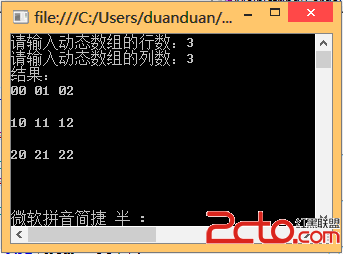



![图片[2]-Tensorflow训练识别自定义图片-唐朝资源网](https://images.43s.cn/wp-content/uploads//2022/06/1655191074434_2.gif)
![图片[3]-Tensorflow训练识别自定义图片-唐朝资源网](https://images.43s.cn/wp-content/uploads//2022/06/1655191074434_3.jpg)


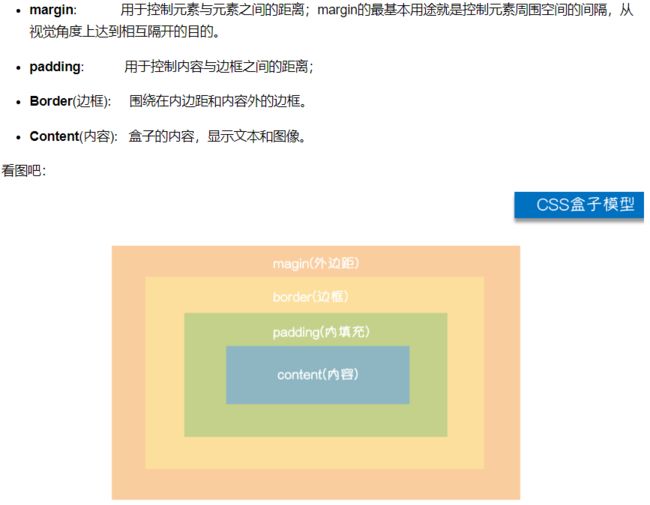



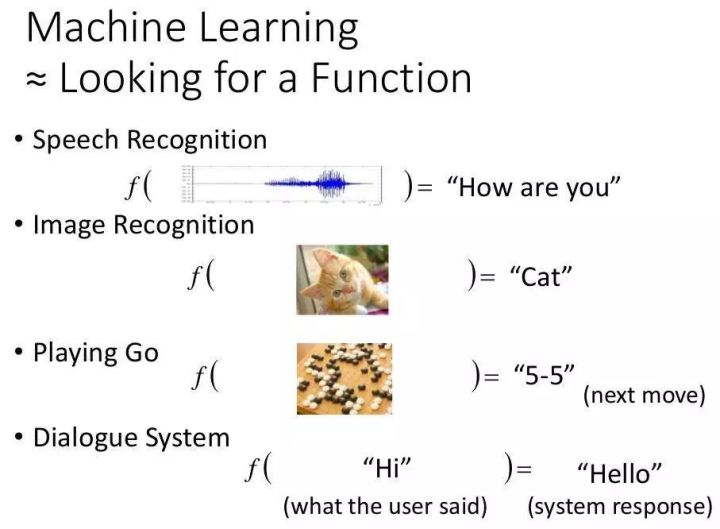







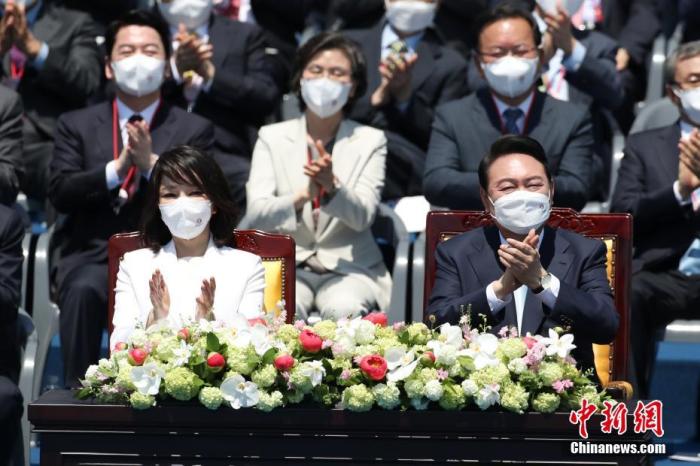

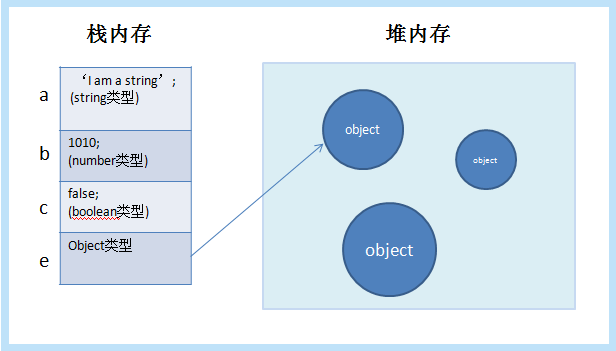



暂无评论内容